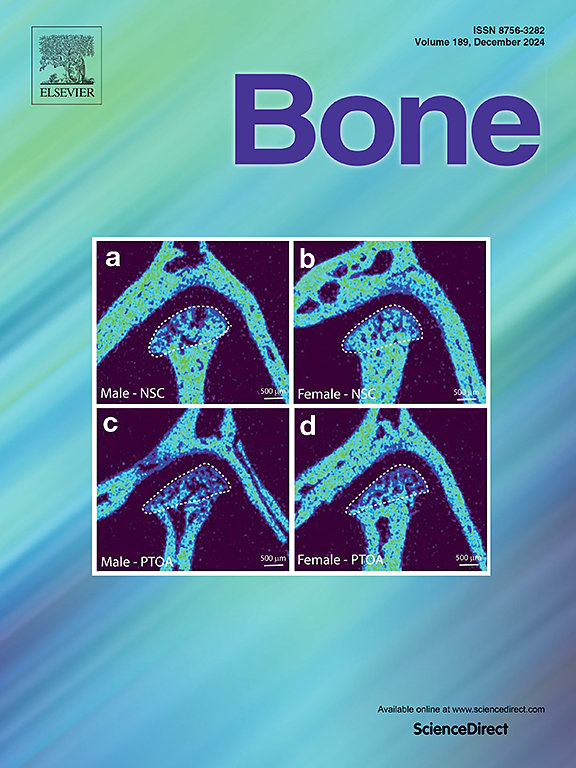Exercise alleviates osteoporosis by regulating the secretion of the Senescent Associated Secretory Phenotype
IF 3.6
2区 医学
Q2 ENDOCRINOLOGY & METABOLISM
引用次数: 0
Abstract
As the elderly population grows, the number of patients with metabolic bone diseases such as osteoporosis has increased sharply, posing a significant threat to public health and social economics. Although pharmacological therapies for osteoporosis demonstrate therapeutic benefits, their prolonged use is associated with varying degrees of adverse effects. As a non-pharmacological intervention, exercise is widely recognized for its cost-effectiveness, safety, and lack of toxic side effects, making it a recommended treatment for osteoporosis prevention and management. Previous studies have demonstrated that exercise can improve metabolic bone diseases by modulating the Senescent Associated Secretory Phenotype (SASP). However, the mechanisms through which exercise influences SASP remain unclear. Therefore, this review aims to summarize the effects of exercise on SASP and elucidate the specific mechanisms by which exercise regulates SASP to alleviate osteoporosis, providing a theoretical basis for osteoporosis through exercise and developing targeted therapies.

运动通过调节衰老相关分泌表型的分泌来缓解骨质疏松症
随着老年人口的增长,骨质疏松等代谢性骨病患者数量急剧增加,对公共卫生和社会经济构成重大威胁。虽然骨质疏松症的药物治疗显示出治疗效果,但长期使用会带来不同程度的不良反应。作为一种非药物干预,运动因其成本效益、安全性和无毒副作用而被广泛认可,使其成为预防和管理骨质疏松症的推荐治疗方法。先前的研究表明,运动可以通过调节衰老相关分泌表型(Senescent Associated Secretory Phenotype, SASP)来改善代谢性骨病。然而,运动影响SASP的机制尚不清楚。因此,本文旨在总结运动对SASP的影响,阐明运动调节SASP减轻骨质疏松的具体机制,为运动治疗骨质疏松和开发靶向治疗提供理论依据。
本文章由计算机程序翻译,如有差异,请以英文原文为准。
求助全文
约1分钟内获得全文
求助全文
来源期刊

Bone
医学-内分泌学与代谢
CiteScore
8.90
自引率
4.90%
发文量
264
审稿时长
30 days
期刊介绍:
BONE is an interdisciplinary forum for the rapid publication of original articles and reviews on basic, translational, and clinical aspects of bone and mineral metabolism. The Journal also encourages submissions related to interactions of bone with other organ systems, including cartilage, endocrine, muscle, fat, neural, vascular, gastrointestinal, hematopoietic, and immune systems. Particular attention is placed on the application of experimental studies to clinical practice.
 求助内容:
求助内容: 应助结果提醒方式:
应助结果提醒方式:


